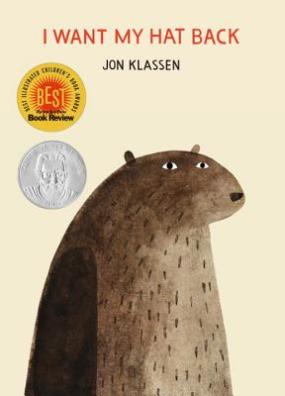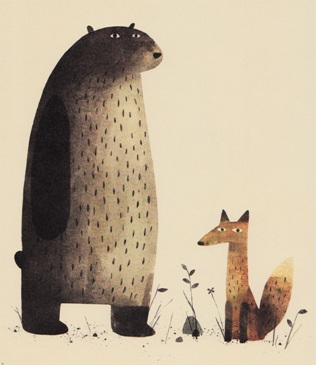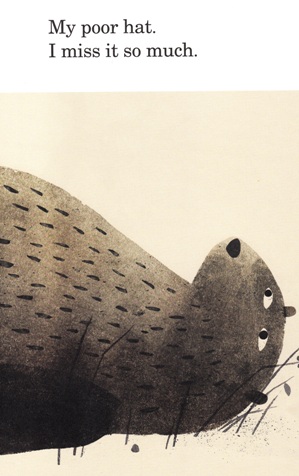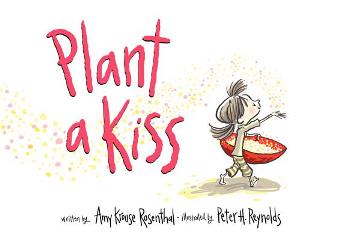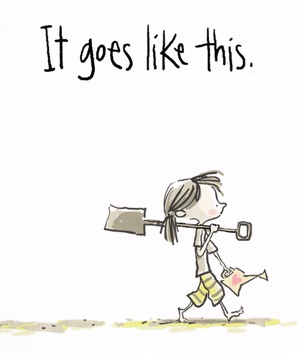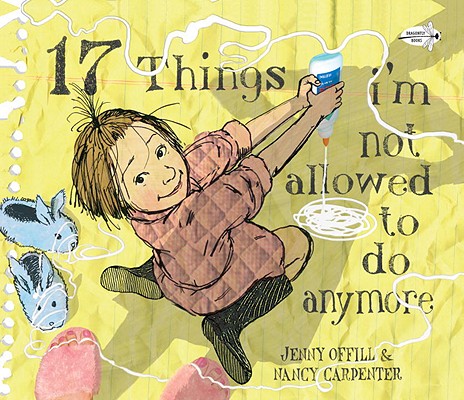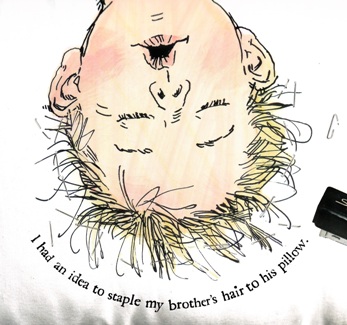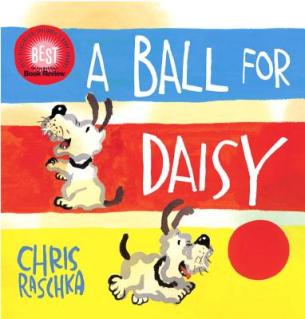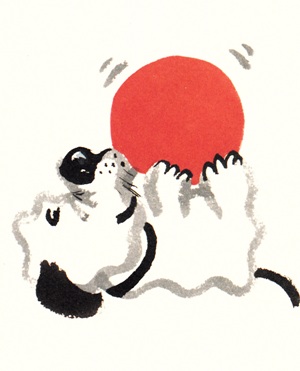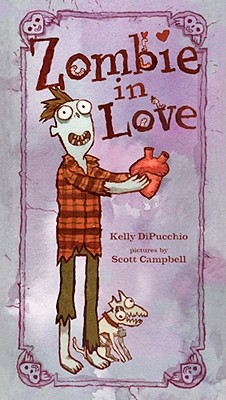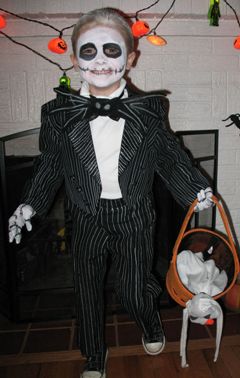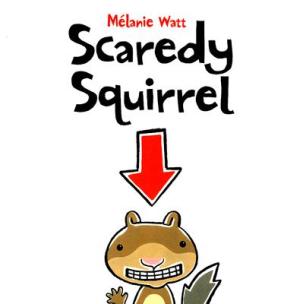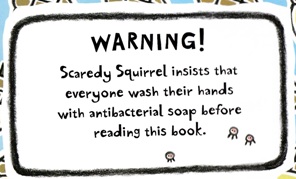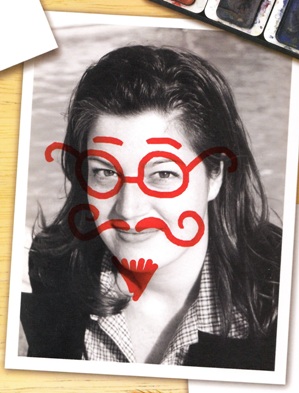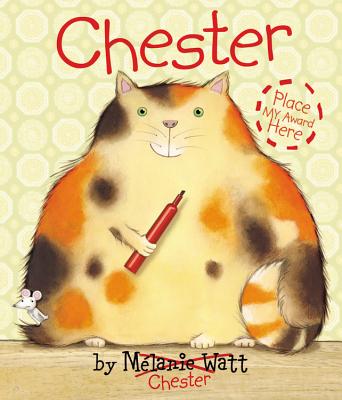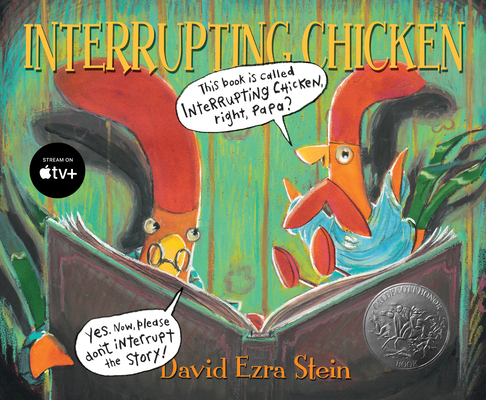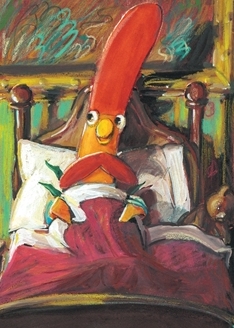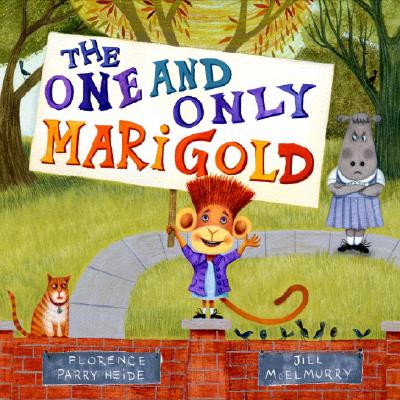One of my favorite things about reading books to my daughter is that, through the process of reading out loud, she learns so much about not just language, but also things like intonation, context, sarcasm, and all of those other glorious abstractions that come hand-in-hand with verbal communication. Funny books do a particularly good job of teaching children about those subtle underlying language rules, and I love watching my daughter realize on her own that, even though a character is seemingly saying one thing, you can infer through the context of the illustrations and the intonation of how the line might be read that the character actually MEANS something completely different. And, if you’re looking for an example of that kind of book, you can hardly do better than I Want My Hat Back by Jon Klassen.
Named as one of the New York Times best illustrated children’s books of 2011, I Want My Hat Back is a masterpiece of understated, slow-burn humor. Even Klassen’s illustrations revel in the art of the deadpan, giving us a menagerie of animal characters with stony, nearly unchanging faces. And yet the blank expressions of the animals – especially the face of the lead character, a bear – can suddenly convey volumes of emotion with only a slight shift of posture or eye position. Fun with language aside, this is a beautiful book – Klassen’s illustrative style reminds me of an exquisite hybrid of Frederick‘s Leo Leonni and A Sick Day for Amos McGee‘s Erin Stead.
And it’s a heck of a lot of fun to read too. The premise of I Want a Hat Back is gorgeously understated – there’s a bear who’s lost his hat and he wants it back. But, out of that set-up, Klassen creates an extremely funny scenario. Realizing that his hat is gone, the bear starts to ask other animals in the forest if they’ve seen his hat. He asks a fox and a frog, and they offer polite, repetitious responses, informing him that, “No. I have not seen any hats around here.” The bear then encounters a rabbit, who’s wearing a bright red pointy hat, the color of which starkly stands out against the muted earth-tone palette of all the other illustrations in the book. When asked about the hat, the rabbit responds:
No. Why are you asking me.
I haven’t seen it.
I haven’t seen any hats anywhere.
I would not steal a hat.
Don’t ask me any more questions.
And, no matter how obvious it is that he’s lying – talk about a self-incriminating witness – the bear doesn’t pick up on it, says “Thank you anyway”, and moves on to questioning a turtle.
As soon as I turned the page after the rabbit’s rambling response, my daughter did a brief double-take and said, “Wait… he totally stole that hat, didn’t he?” I gave a non-committal shrug and replied, “What do you think?”, and, suddenly, my daughter’s engagement with the story exponentially increased. She couldn’t believe that the bear hadn’t picked up on the rabbit’s obvious lie OR that the bear didn’t notice what was probably his own hat sitting on the rabbit’s head. Now my five-year-old had more information than the bear narrator and, enlivened by her discovery, she couldn’t wait to see how the mystery played out. [read the rest of the post…]
{ 2 comments }
